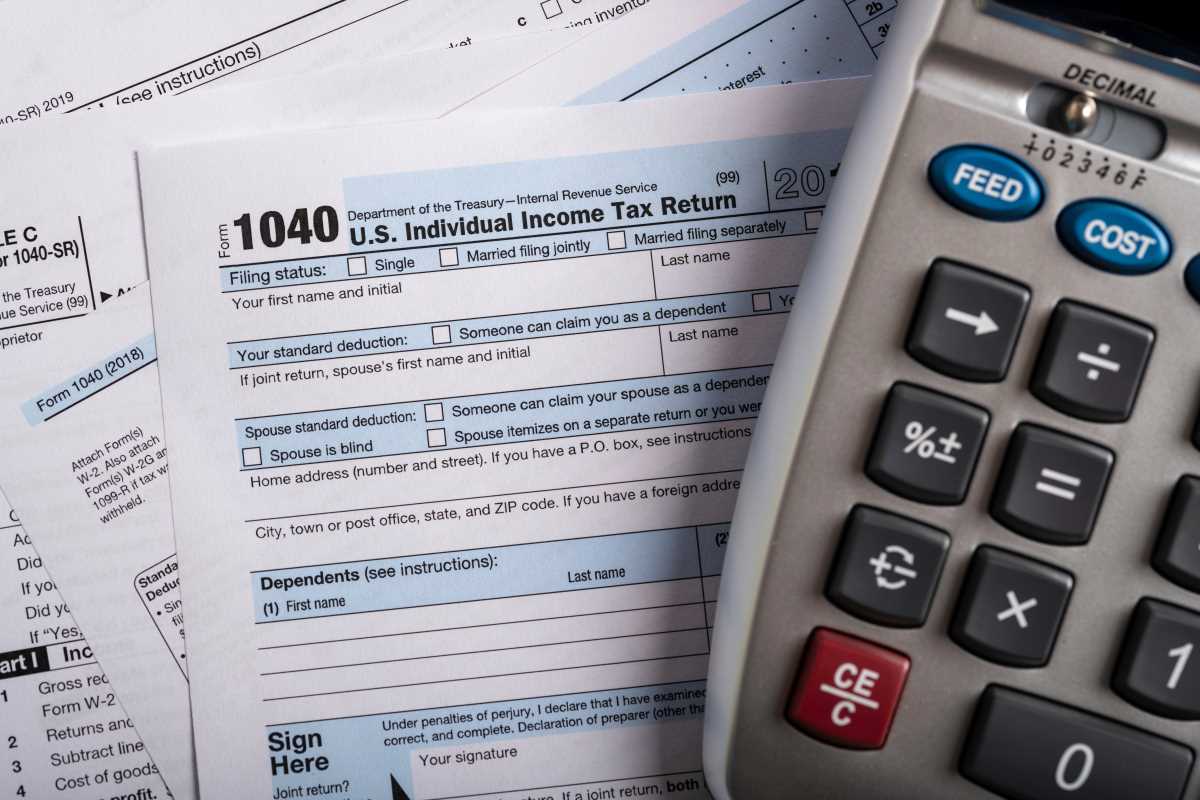The 2025 tax season is shaping up to be a critical one for taxpayers, as it comes with notable adjustments and looming changes to tax laws. From updated brackets and deductions to the expiration of pivotal provisions from the Tax Cuts and Jobs Act (TCJA), it’s essential to stay informed. This guide will walk you through the key updates and practical tips to help you confidently file your 2025 taxes.
Key Changes for the 2025 Tax Season
1. Adjusted Tax Brackets
For 2025, the IRS made inflation-related adjustments to federal income tax brackets, meaning you might be taxed at a slightly lower rate for the same income as last year. The seven tax rates remain unchanged—10%, 12%, 22%, 24%, 32%, 35%, and 37%—but the thresholds for these brackets have shifted higher, providing some financial relief for taxpayers.
For example, single filers face the 24% tax rate for income between $103,350 and $197,300, up from 2024’s range. Meanwhile, married couples filing jointly enter the 24% bracket at $206,700, which extends to $394,600.
These adjustments could lower the overall tax burden for many households, especially those whose income would have otherwise nudged them into a higher bracket.
2. Increased Standard Deduction
The standard deduction—a set amount taxpayers can subtract from their income before calculating taxes—received its annual boost in 2025, giving filers extra savings.
- Single filers can now claim $15,000, up by $400 from 2024.
- Married couples filing jointly can deduct $30,000, a $800 increase.
- Seniors aged 65 or older, as well as blind taxpayers, can add $2,000 if single or $1,600 per spouse if married.
This increase makes itemizing deductions less attractive for many, as more taxpayers can save time and money by choosing the standard deduction.
3. Retirement Contribution Limits
For retirement planners, good news awaits. Contribution limits for various plans have increased to account for inflation, and older taxpayers can take advantage of additional catch-up limits.
- 401(k), 403(b), and 457 plans: Maximum employee contribution is $23,500, up from $22,500 in 2024. For those aged 50 and older, the catch-up contribution limit remains at $7,500, allowing total contributions of up to $31,000.
- IRA contributions: Still capped at $7,000, with a $1,000 catch-up for those aged 50+. Roth IRA income limits were adjusted higher, extending eligibility for many seniors and middle-income earners.
- Secure 2.0 Act provisions: Employees aged 60-63 can use increased catch-up limits of $11,250 for select retirement accounts, reflecting the government’s push to improve retirement readiness for older Americans.
4. Long-term Capital Gains Brackets
For those selling investments held longer than a year, the long-term capital gains tax brackets have shifted. Households remain eligible for the favorable 0% rate if their income falls below $96,700 (married) or $48,350 (single).
Taxpayers with higher incomes may face the 15% or 20% rates, but the higher thresholds offer an advantage for savvy investors navigating asset sales.
5. Expiring Provisions from the Tax Cuts and Jobs Act (TCJA)
The TCJA, enacted in 2017, introduced numerous tax benefits, many of which are set to expire at the end of 2025. While these changes don’t affect the filing of your 2024 taxes, it’s essential to plan ahead as these provisions influence financial decisions in the current year.
Key expiring provisions include:
- Current lower individual income tax rates
- $10,000 limit on state and local tax (SALT) deductions
- Higher standard deduction benefits
- Doubling of the child tax credit to $2,000
If these provisions are not extended, households may face higher tax liabilities starting in 2026. Stay alert for Congressional action throughout 2025 that could impact your long-term tax planning strategies.
Practical Tips for Filing Taxes in 2025
Navigating tax season doesn’t have to feel overwhelming. With good preparation and the right tools, filing your return can be hassle-free.
1. Leverage Online Tools and Software
Tax software like TurboTax and H&R Block offer intuitive, step-by-step guidance for filers, making it easier to understand deductions and credits available to you. Many tools can also directly import W-2s and 1099s, saving you time while ensuring accuracy.
For simpler returns, the IRS Free File program provides free online tax preparation and filing services for those earning below $73,000 annually in adjusted gross income.
2. Review Recent Financial Changes
Take a moment to reflect on life events that may impact your taxes. Did you change jobs, retire, or start a side business this year? Did you purchase a home, have a child, or make significant charitable contributions? Each of these scenarios could qualify you for new deductions or credits, reducing your total tax burden.
3. Understand Deductions and Credits
Familiarize yourself with deductions and credits that could lower your tax bill. Here are a few to keep in mind for 2025:
- Child Tax Credit: Up to $2,000 per qualifying child, with $1,700 refundable for lower-income families.
- Earned Income Tax Credit: Available to working individuals with low to moderate incomes.
- Medical Expenses: You can deduct medical expenses that exceed 7.5% of your adjusted gross income if you itemize.
- Education Credits: The Lifetime Learning Credit provides up to $2,000 for qualifying education expenses.
4. Don’t Overlook Retirement Contributions
Contributing to a traditional IRA or 401(k) before the April 15 filing deadline can lower your taxable income for 2024, giving you last-minute savings. For lower earners, contributions might qualify for the Retirement Savers Credit, further enhancing the benefit.
5. Consult a Professional for Complex Situations
If you own a business, have a unique financial situation, or face potential triggers for the Alternative Minimum Tax (AMT), seeking help from a certified tax professional is invaluable. They’ll ensure compliance while maximizing your deductions and credits.
6. Avoid Common Filing Mistakes
- Double-check your Social Security number and bank account information to avoid processing delays.
- Remember to report all forms of income, including side gigs through platforms like Uber or Airbnb.
- Don’t file without verifying eligible deductions or credits—it could cost you hundreds or thousands in missed savings.
7. File Early and Electronically
Filing early can prompt faster refunds and resolve issues more efficiently. Electronic filing reduces errors and is the quickest way to ensure the IRS processes your return. Choosing direct deposit further expedites receiving your refund.
Tax season in 2025 brings both clarity and uncertainty. While inflation adjustments and increased deductions provide immediate relief, the sunset of TCJA provisions creates a murkier future. To minimize stress, keep records organized throughout the year and consider using tools or professionals that simplify the filing process and customize insights for your unique financial situation.
By staying informed and proactive, you’ll ensure you’re fully prepared to tackle 2025’s tax season and position yourself for fiscal success.







